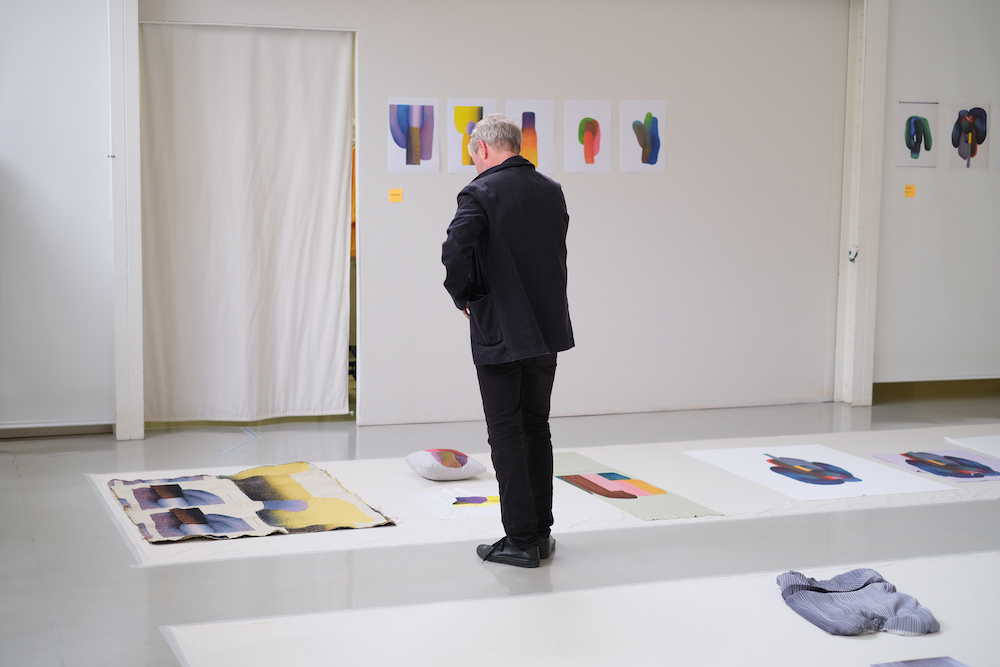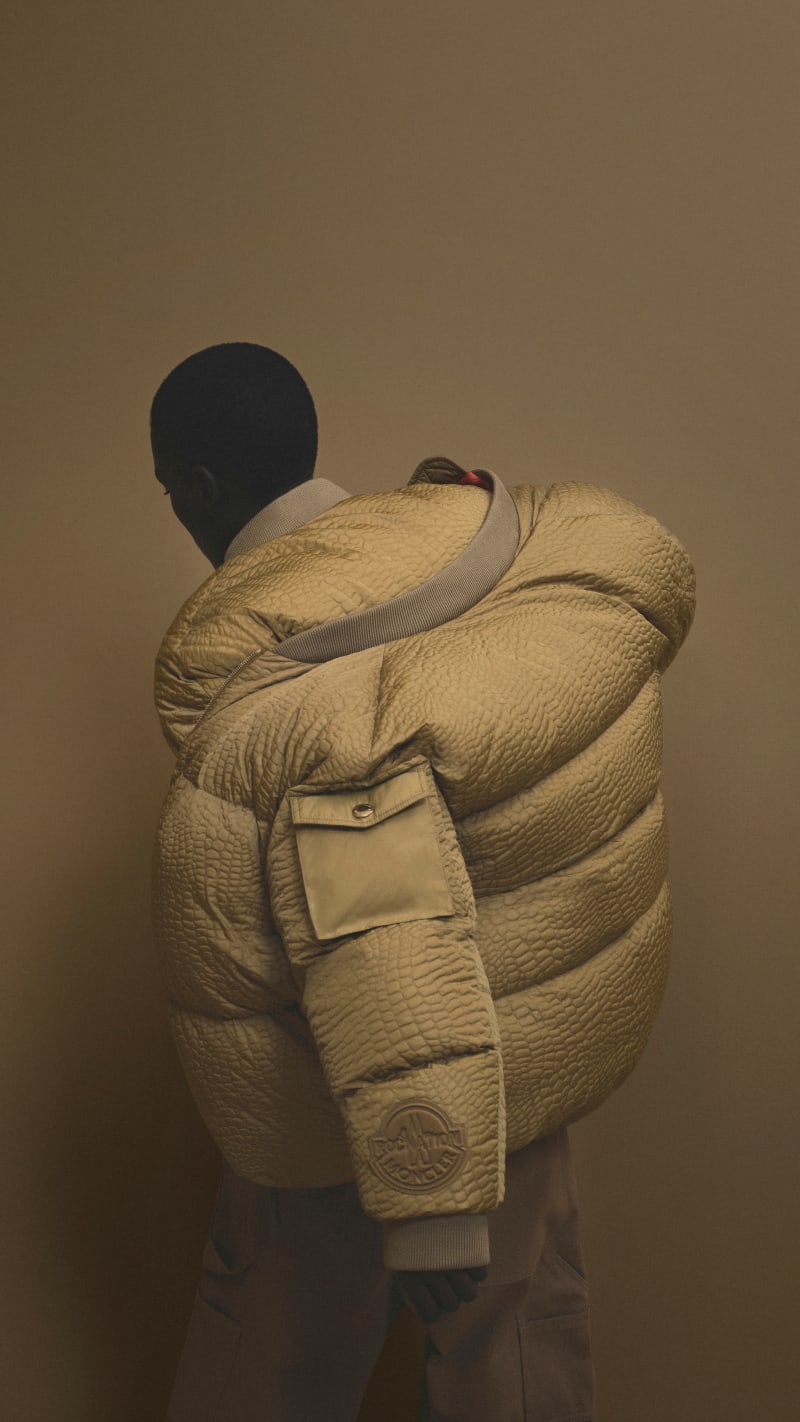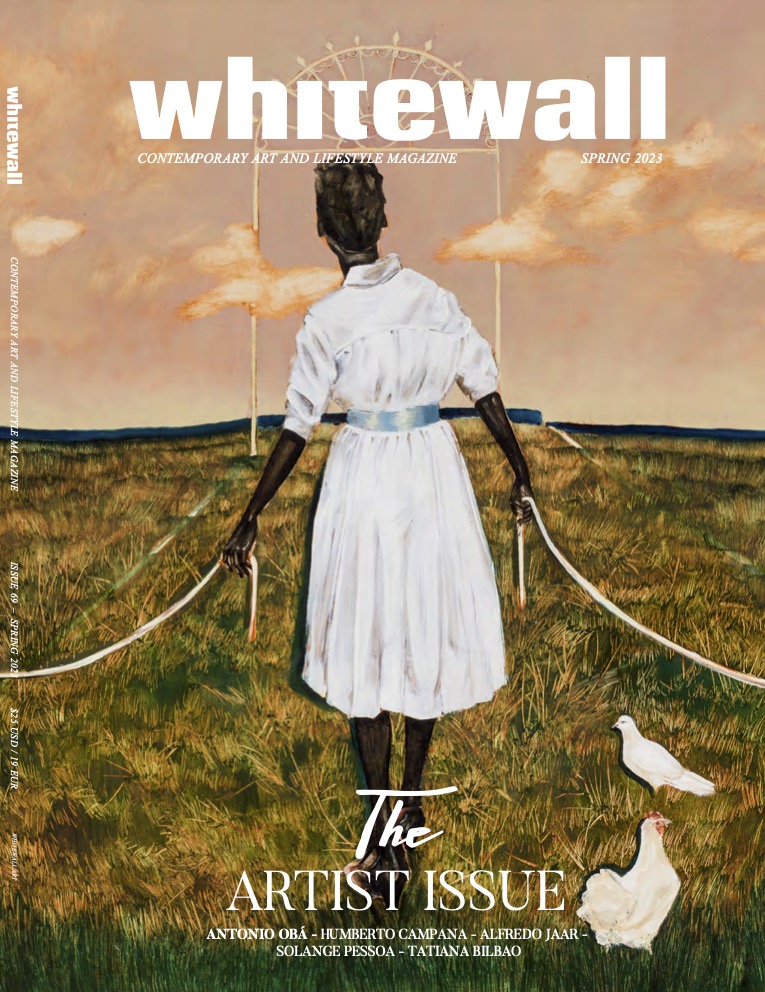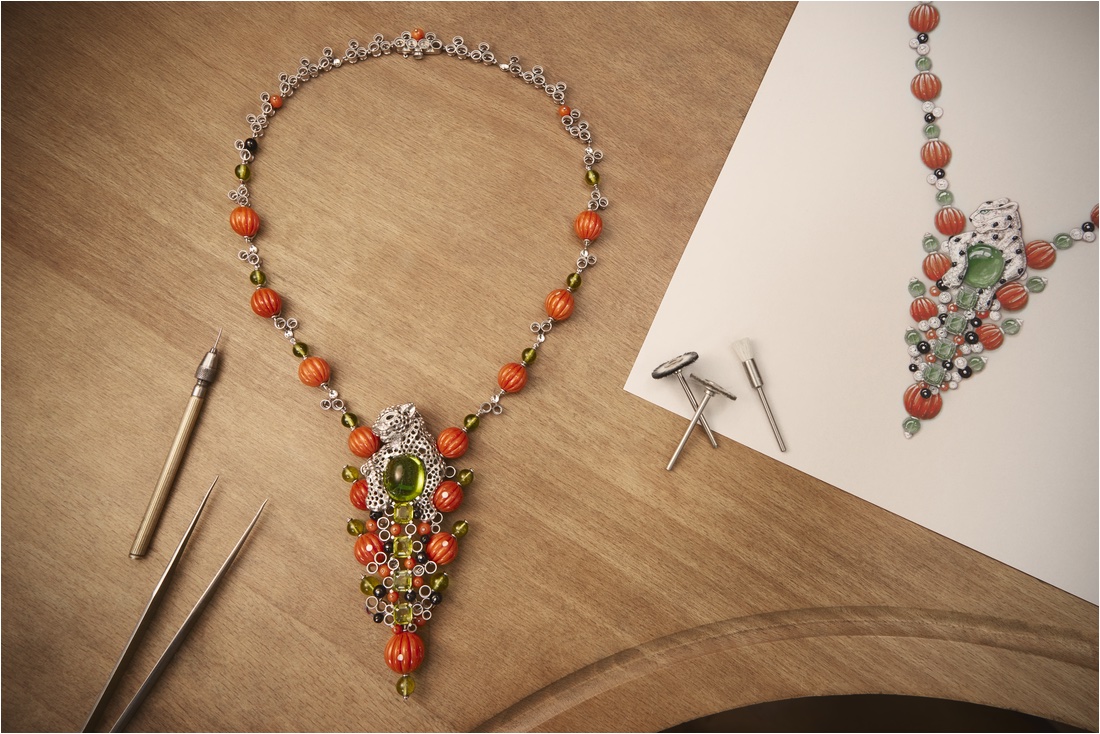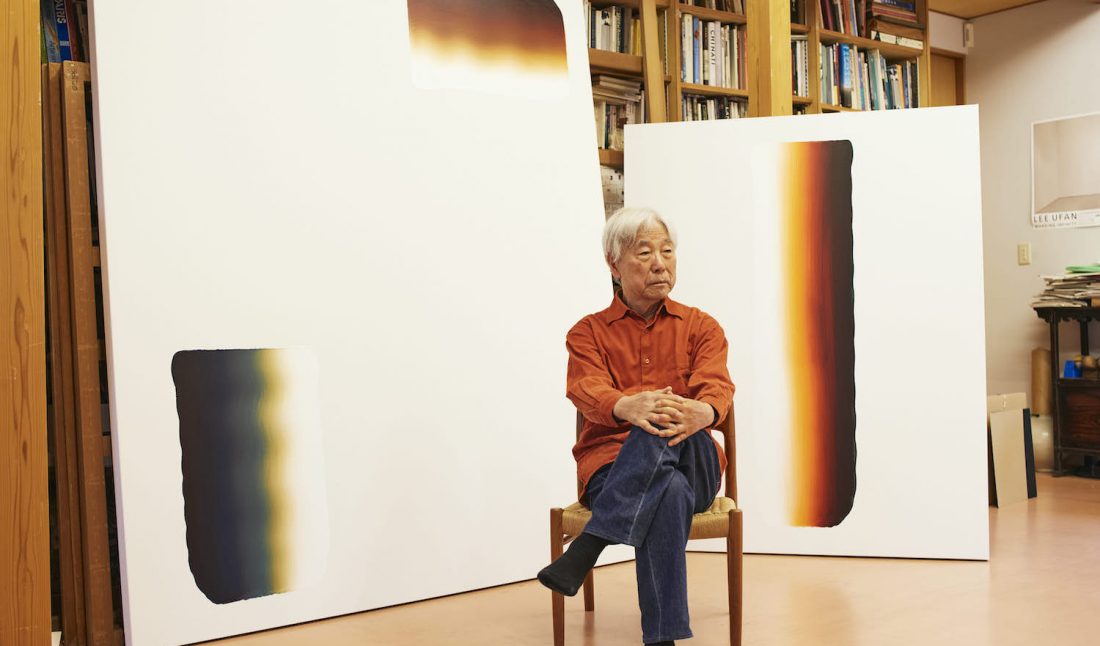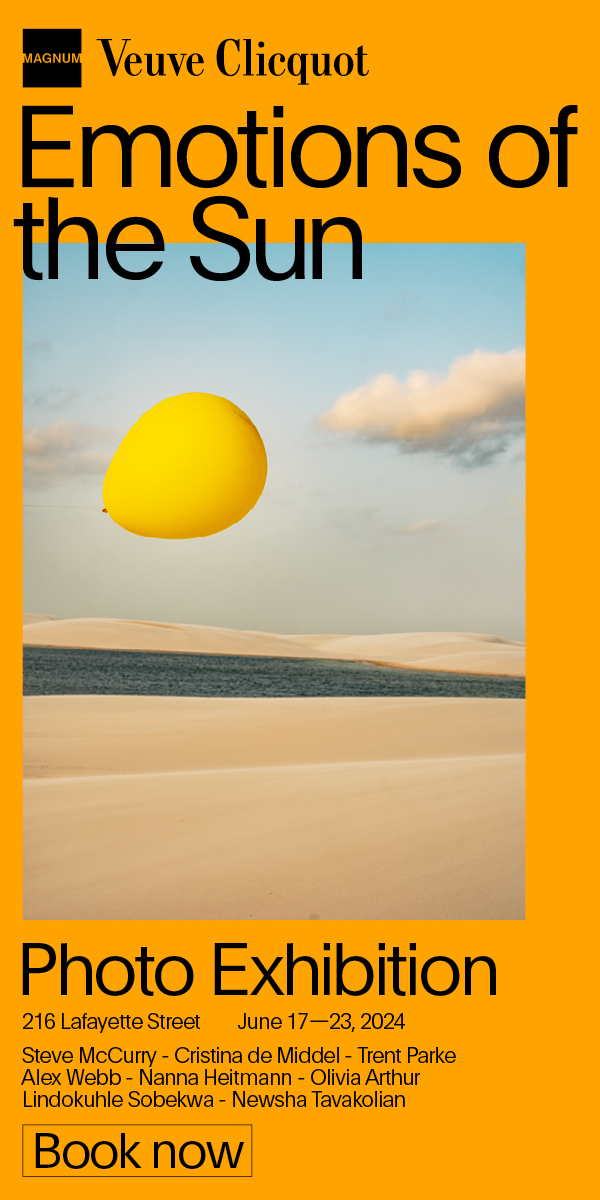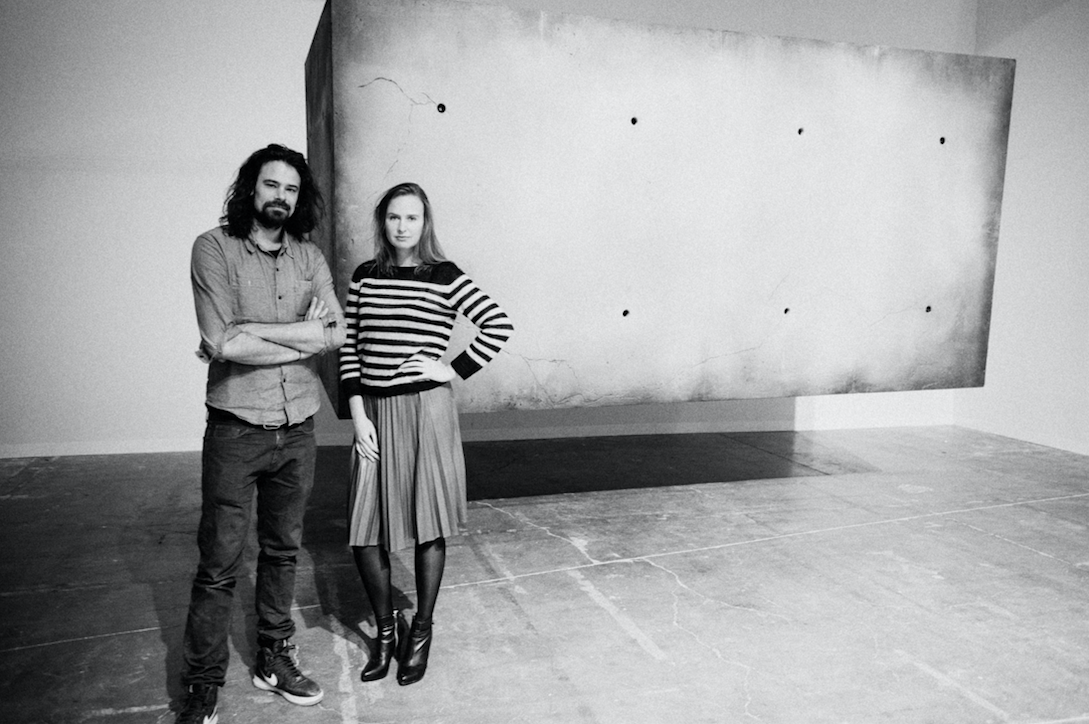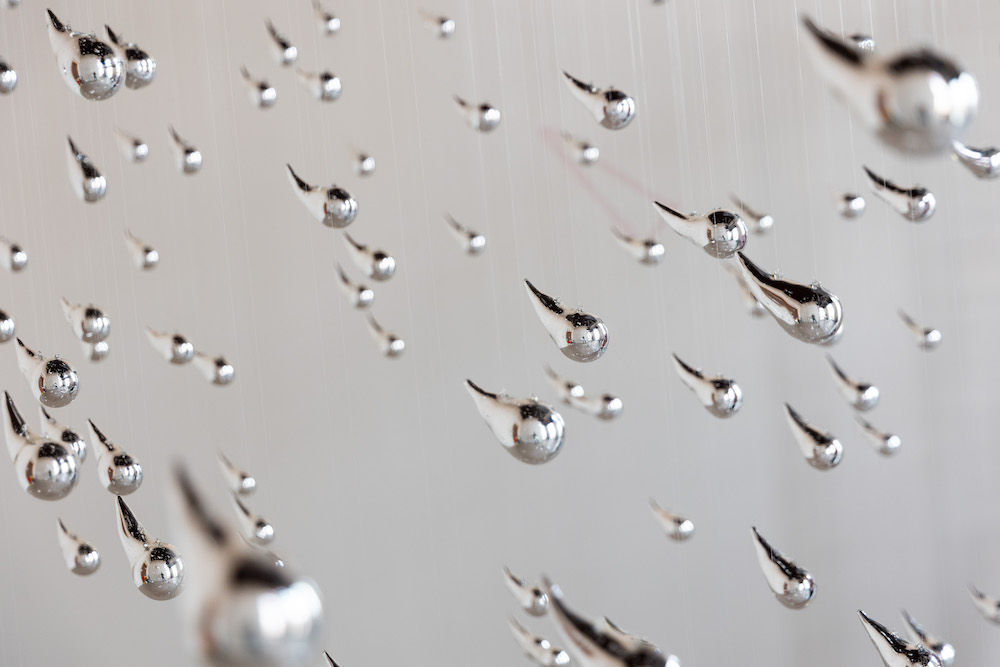Few living artists have had careers as rich and layered as Lee Ufan. Born in Haman-gun, South Korea, in 1936, Lee is well known internationally for his thought-provoking bodies of work and public installations that span a wide range of materials and artistic processes. Equal parts painter, sculptor, philosopher, writer, glass-breaker, and wanderer, Lee has spent his career observing his ever-changing surroundings in order to create work that astutely responds to the elements he encounters.
The early trajectory of Lee’s career as an artist did not begin conventionally. When he was two months into studying painting at the prestigious College of Fine Arts at Seoul National University in 1956, an unexpected trip led him to go to Japan, where he ended up staying and studying philosophy at Nihon University in Tokyo. Lee had an undeniable interest and curiosity for art, and his studies commingled and led him to find like-minded individuals who were eager to bring forth work that connected intangible notions through physical forms and actions. This led him to help found the movement Mono-ha (School of Things), which focused on an exploration of materials as an artistic modality during a moment when Japan saw an intense amount of industrialization. At the same time, other groups around the globe were grappling with similar notions and frustrations, in particular Arte Povera in Italy, which also considered how everyday materials could be used and recontextualized into art objects.
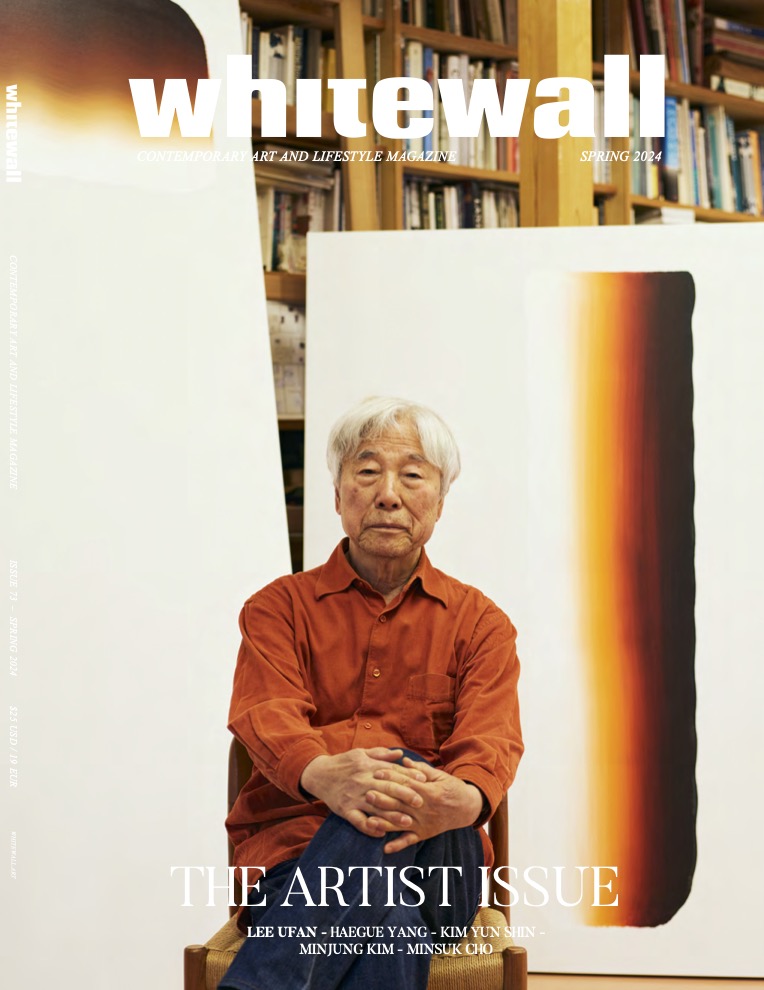
Seeing Lee’s work in person is a truly memorable experience. There are certain visceral elements, like the tactility of his materials, highly detailed application of paint, and tension between juxtaposed objects, but there is also empty space. The work considers the viewer’s approach to it, adding to the already rich experience of examining his creations. He has an uncanny ability to capture the passage of time and movement around the world with his deceptively complex assemblages and works. Whether you are in front of one of his larger-than-life public sculptures or a minimalist painting on a wall, Lee provides his viewer with mental and physical space to fully immerse into his work. From May 28 through October 27 at the Rijksmuseum in the Netherlands, the visionary invites all ages to journey through a symphonic melding of past, present, and future investigations for “Lee Ufan in the Rijksmuseum Gardens,” where peaceful city interludes await.
Whitewall spoke with the artist ahead of a busy 2024 about some of his recent exhibitions, how he works in his studio, and some of his future hopes and dreams for showing his work.
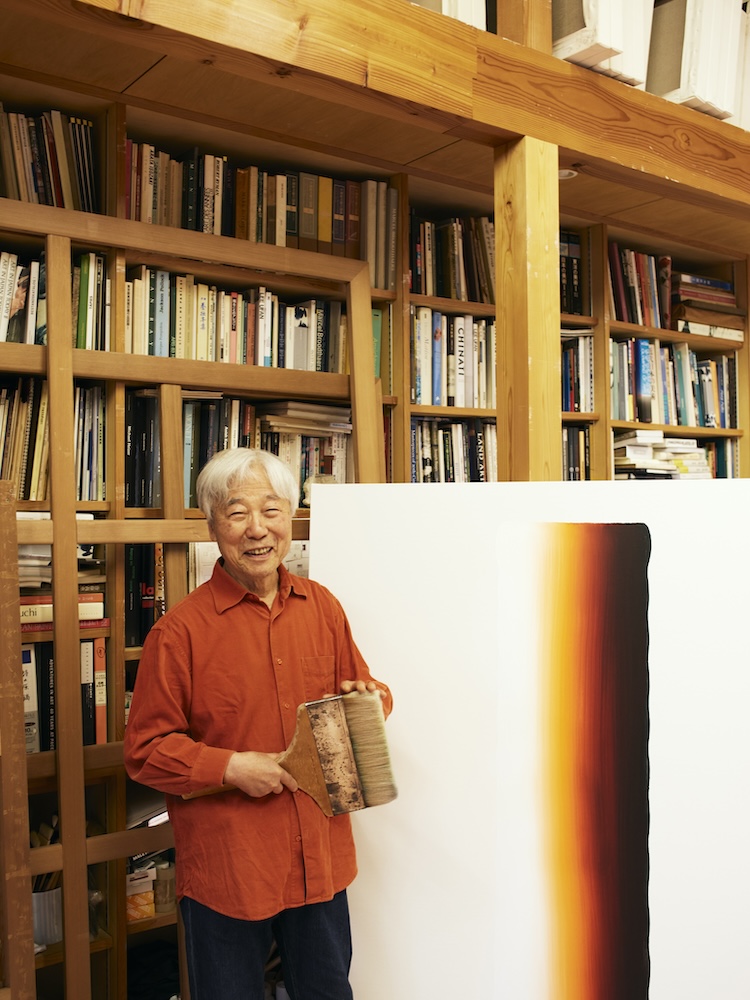 Lee Ufan in his studio, photo by Tetsuo Kashiwada.
Lee Ufan in his studio, photo by Tetsuo Kashiwada.
WHITEWALL: Last year, you opened a retrospective exhibition at the Hamburger Bahnhof, which brings together 60 works made over just as many years. Can you talk about the process of installing this show?
LEE UFAN: My artistic activities began in the late 1960s when the modern worldview was coming to an end and people were seeking a new beginning. In other words, the avant-garde was being asked to deconstruct egocentrism and attempt a dialogue with the outside or the other. My work was mostly involved in violent and destructive acts, such as breaking glass with stones or disorganizing neutral steel plates. It started with the rejection of capitalistic productive production and gradually developed into a work that pursues the existence of things and their relationship with humans. In my paintings, I visualized the phenomena of fundamental elements of things through action, rather than the expression of personal images. Thus, over a long period of time, it has become my basic attitude to let what is made and what is not, and what is painted and what is not, meet.
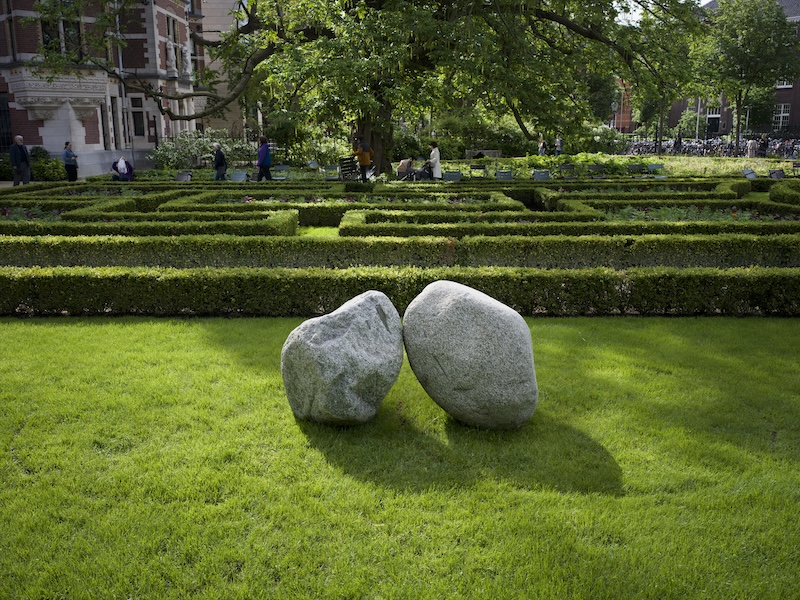 “Lee Ufan in the Rijksmuseum Gardens,” photo by Rijksmuseum/Albertine Dijkema, courtesy of Rijksmuseum.
“Lee Ufan in the Rijksmuseum Gardens,” photo by Rijksmuseum/Albertine Dijkema, courtesy of Rijksmuseum.
WW: Though you were born in Korea, you have spent a great deal of time living and working abroad. How have these experiences outside of the country you were born in continued to influence and frame your vision?
LU: I spent my entire life as a wanderer due to various circumstances, so I naturally developed a sense of externality and otherness. From the perspective of philosophy, my thinking has also deepened in a way that emphasizes variable relationships rather than fixed existence.
“It has become my basic attitude to let what is made and what is not, and what is painted and what is not, meet,” — Lee Ufan
WW: Parallel to the conceptual rigor behind your work, you are also an exceptional writer. Where do you get your best writing done?
LU: I do not have a special place dedicated to writing activities. At home in Japan, I am surrounded by family and friends and immersed in everyday life. In Paris, however, there is a lot of stimulation, loneliness, and a language barrier; my imagination spreads its wings.
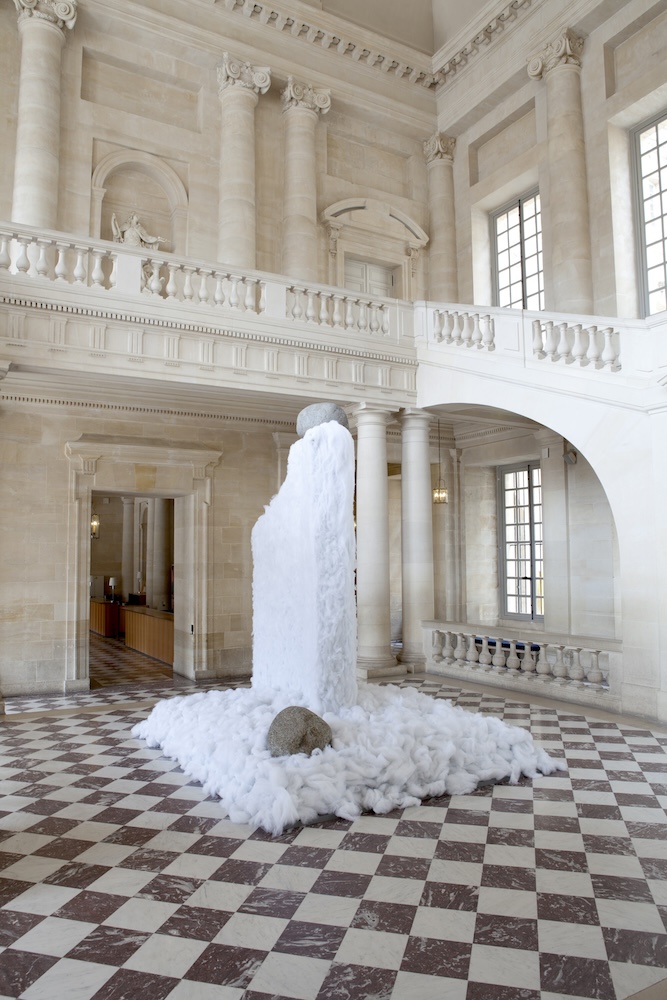 Lee Ufan, “Relatum – Cotton tower,” 2014, steel, reinforcement bar, wire fence, cotton, 330 x 300 x 250 cm, installation view of the exhibition “Lee Ufan
Versailles,” at Château de Versailles, 2014, © Lee Ufan, Adagp, Paris, 2024, courtesy of the artist and Mennour, Paris and Pace, New York.
Lee Ufan, “Relatum – Cotton tower,” 2014, steel, reinforcement bar, wire fence, cotton, 330 x 300 x 250 cm, installation view of the exhibition “Lee Ufan
Versailles,” at Château de Versailles, 2014, © Lee Ufan, Adagp, Paris, 2024, courtesy of the artist and Mennour, Paris and Pace, New York.
WW: Can you describe your studio setting? How important is maintaining a sense of consistency or equilibrium in your space to your artmaking process?
LU: My established studio is located in Kamakura, Japan, and Paris. I create the largest paintings in a very small and narrow space. I work alone every day without an assistant. I consciously breathe and concentrate my energy, so the production is very small in a given time.
WW: In your career as a painter, you have created and continue to make works for carefully organized series, including “Winds,” “With Winds,” “Correspondence,” and “Dialogue,” which is ongoing. At what point did you know when one series was completed and when a new one might emerge?
LU: My motifs are mainly generated from the relationship with the external world, so when they are organized and shaped to a certain extent by my internal world, they are divided. Then another externality comes into play and changes my thinking.
“I consciously breathe and concentrate my energy,” — Lee Ufan
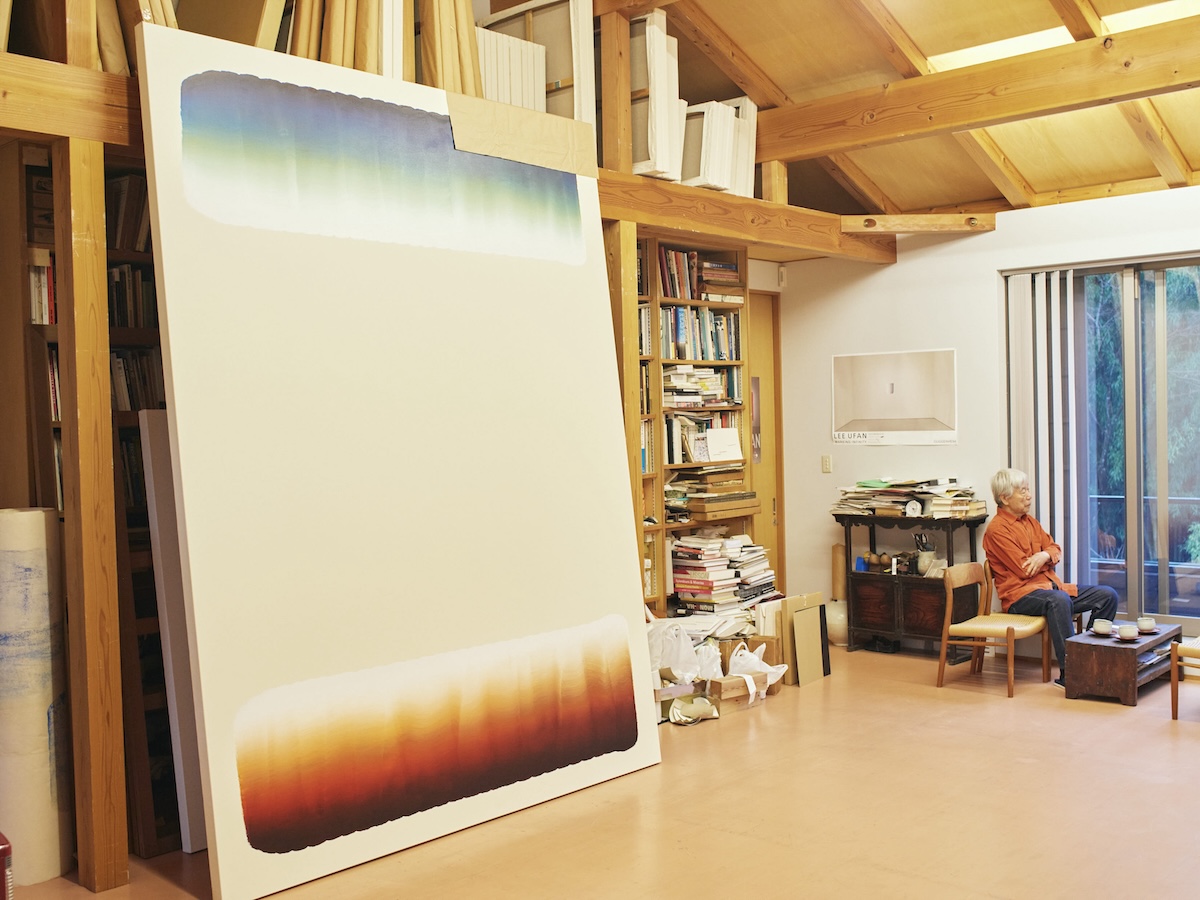 Lee Ufan in his studio, photo by Tetsuo Kashiwada.
Lee Ufan in his studio, photo by Tetsuo Kashiwada.
WW: What is your favorite part of bringing an artwork into the world?
LU: My works are not completed in themselves but are sublimated into expression in a relationship with a place or a viewer. As a result, the scene in which the viewer is confronted with my work is a phenomenal sight in which a certain mysterious phenomenon is taking place.
WW: You have forged meaningful relationships with builders and architects, including Tadao Ando, throughout your career. What role does architecture and the built environment have on your process as a sculptor? As a painter?
LU: When my work is displayed, a place is opened there. The work is not a finished structure but a variable space in which the architecture and its surroundings mingle together.
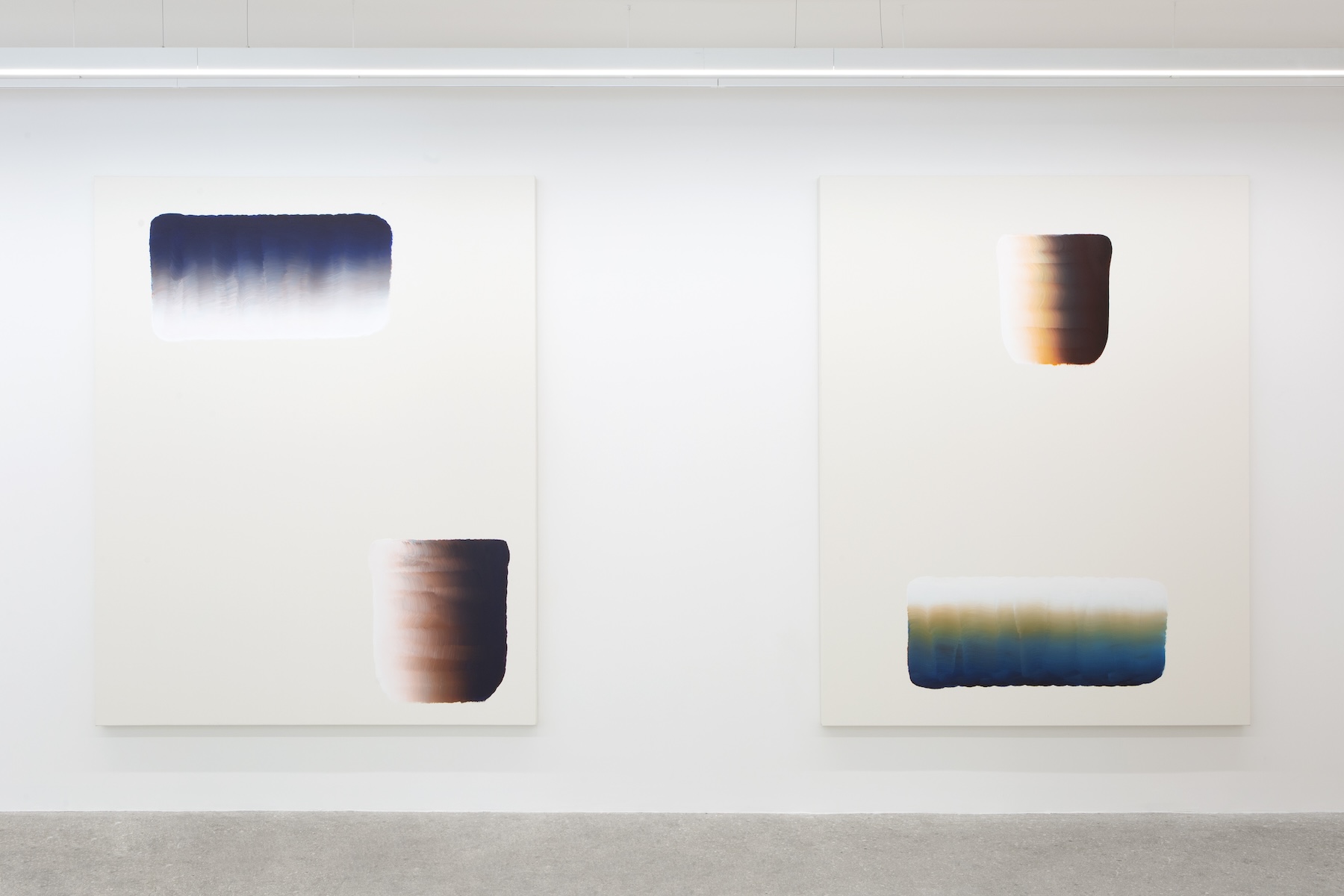 Exhibition view of “Lee Ufan: Response” at kamel mennour, 2022, © Lee Ufan, Adagp, Paris, 2022, courtesy of the artist and kamel mennour, Paris.
Exhibition view of “Lee Ufan: Response” at kamel mennour, 2022, © Lee Ufan, Adagp, Paris, 2022, courtesy of the artist and kamel mennour, Paris.
WW: You recently opened a remarkable museum in Arles, France. What does it mean to have this opportunity to exhibit your work in a context you have designed yourself?
LU: Provence is where some of my favorite artists stayed, including Cézanne, Gauguin, Picasso, and Matisse. I especially feel an exotic image from Arles, where Roman culture flourished despite being part of France. As an admirer of ancient cultures, I was drawn to its unique history and its provincial location far from Paris, so I decided to create a space to showcase my work there. I feel that I did not choose Arles, but rather that Arles called me.
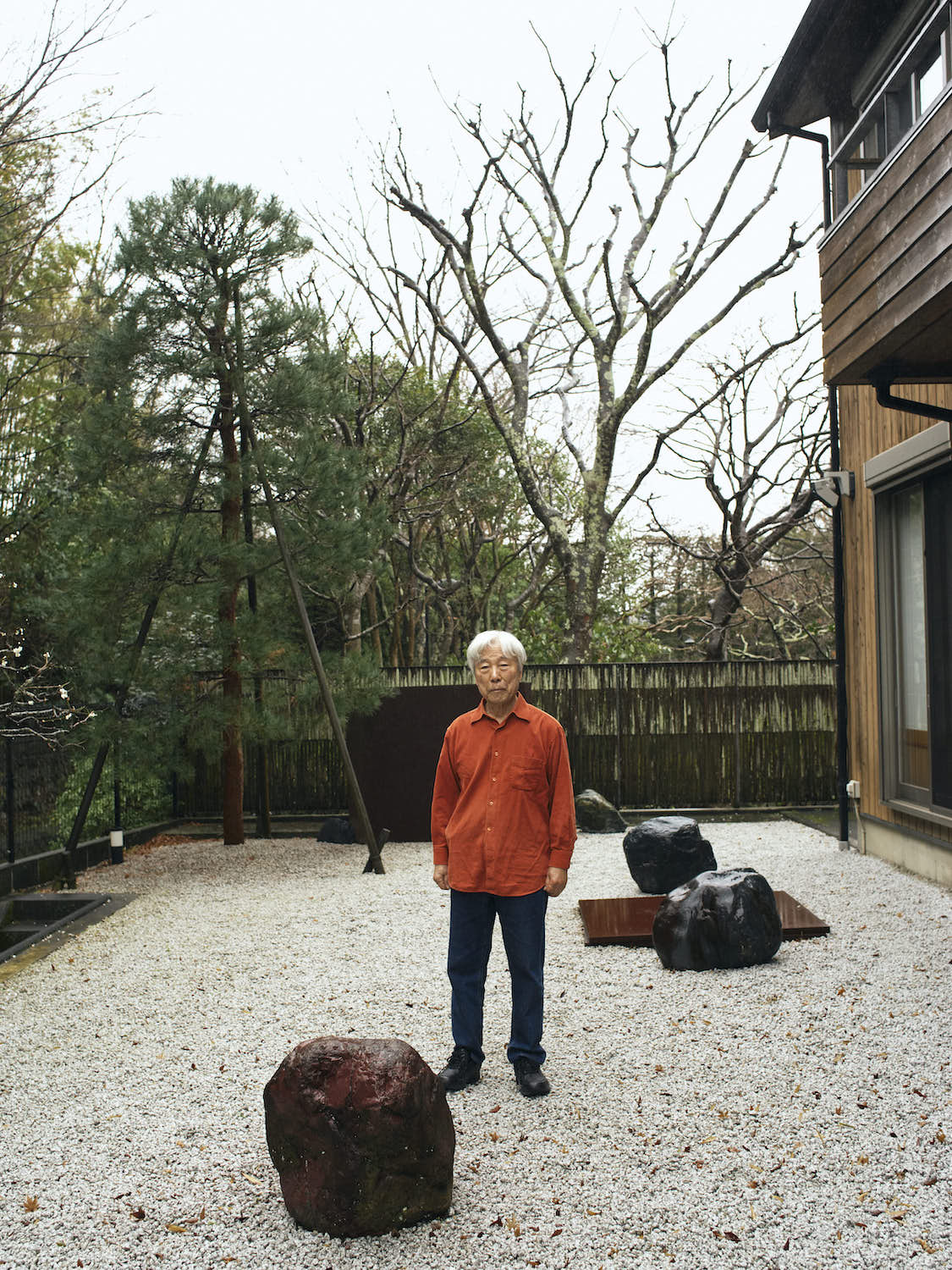 Lee Ufan in his studio, photo by Tetsuo Kashiwada.
Lee Ufan in his studio, photo by Tetsuo Kashiwada.
WW: Your ability to contextualize your work in a physical setting is so exacting and carefully considered. I am curious to hear if you have any particularly significant relationships with curators who have helped you see your work in new ways or have helped you reconsider an installation of your own work?
LU: An exhibition at a galley is organized either by the curator’s initiative, the artist’s idea, or by the curator and artist in consultation. I often design my exhibition in consultation with the curator, but sometimes I take the initiative. The design also depends on the time and place of the exhibition. In any case, my work is not object-centered, but rather is established in a close relationship with the space, so it should be an exhibition that takes advantage of the space.
WW: Are there any contexts in which you have not yet and hope to show your work?
LU: I would like to hold a sculpture exhibition not in a white cubic space but in an urban space or even a desert with no cultural elements. I also would like to display my paintings and sculptures together in a flexible space which is a typical venue for contemporary art, such as the Tate Modern.
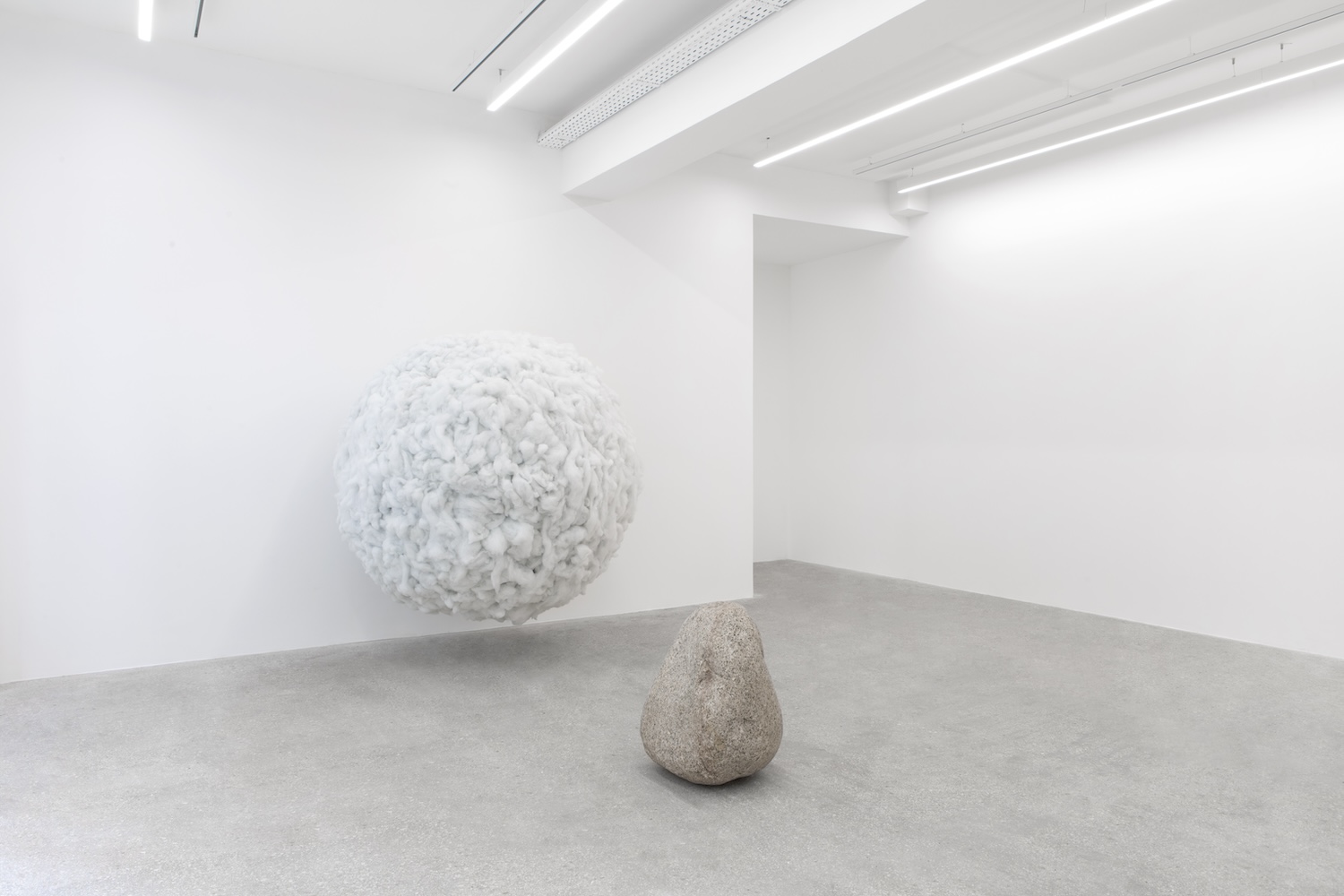 Exhibition view of “Lee Ufan: Response” at kamel mennour, 2022, © Lee Ufan, Adagp, Paris, 2022, courtesy of the artist and kamel mennour, Paris.
Exhibition view of “Lee Ufan: Response” at kamel mennour, 2022, © Lee Ufan, Adagp, Paris, 2022, courtesy of the artist and kamel mennour, Paris.
“I would like to hold a sculpture exhibition not in a white cubic space but in an urban space or even a desert with no cultural elements,” — Lee Ufan
WW: Do you have any upcoming projects or exhibitions you are working toward this year?
LU: In mid-April this year, I will be showcasing my paintings, sculptures, and ceiling paintings at the new Berggruen Foundation in Venice. And from mid-May, I will have an outdoor sculpture exhibition at the Rijksmuseum in Amsterdam. In September, I will have a solo exhibition of paintings and sculptures at the New South Wales Museum in Sydney, Australia.
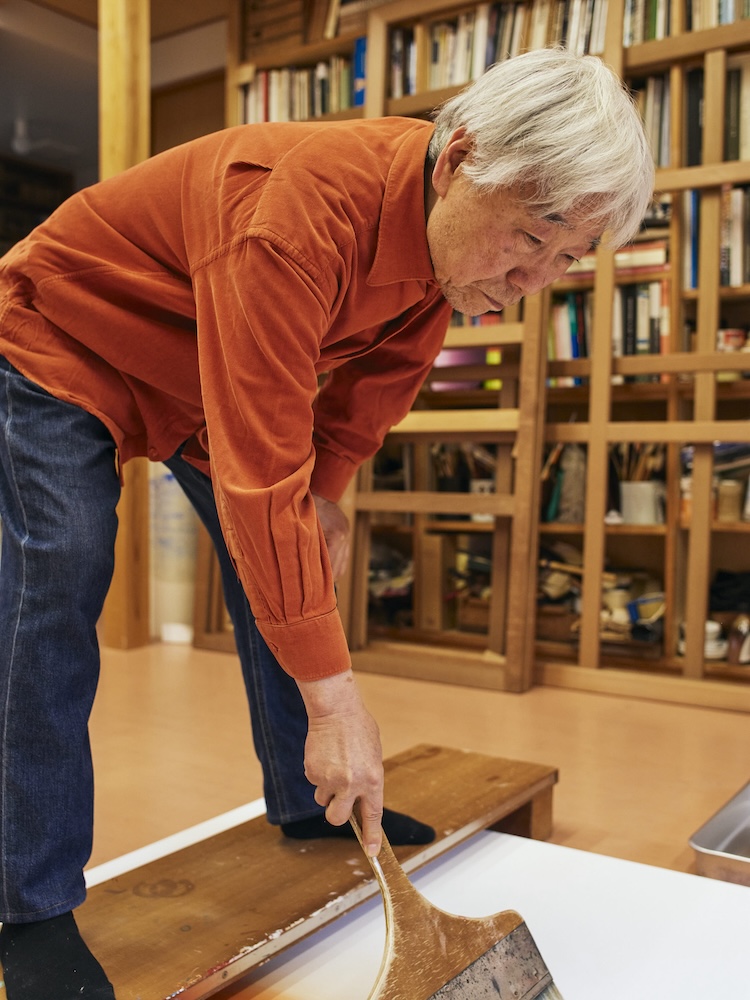 Lee Ufan in his studio, photo by Tetsuo Kashiwada.
Lee Ufan in his studio, photo by Tetsuo Kashiwada.
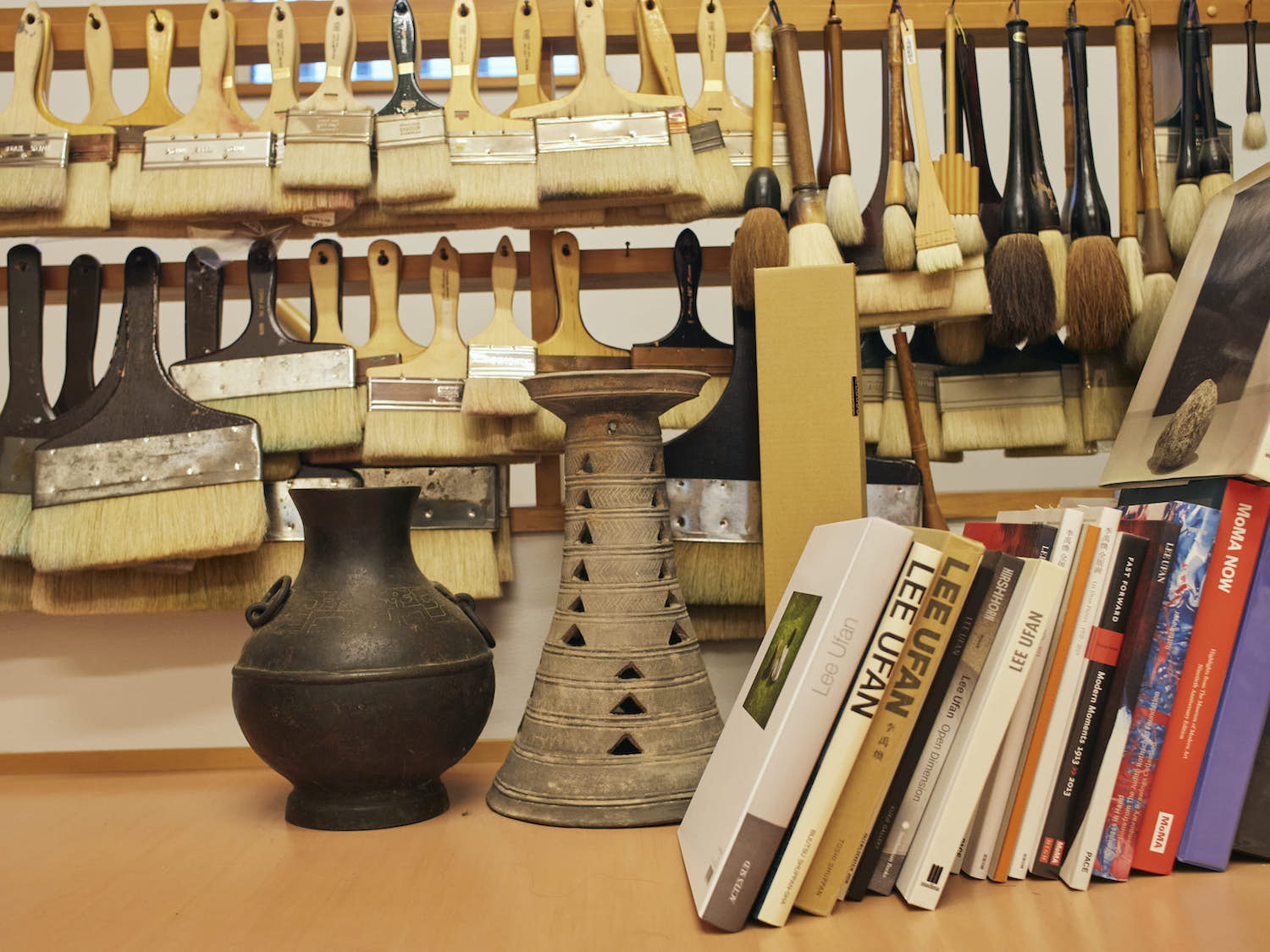 Lee Ufan in his studio, photo by Tetsuo Kashiwada.
Lee Ufan in his studio, photo by Tetsuo Kashiwada.
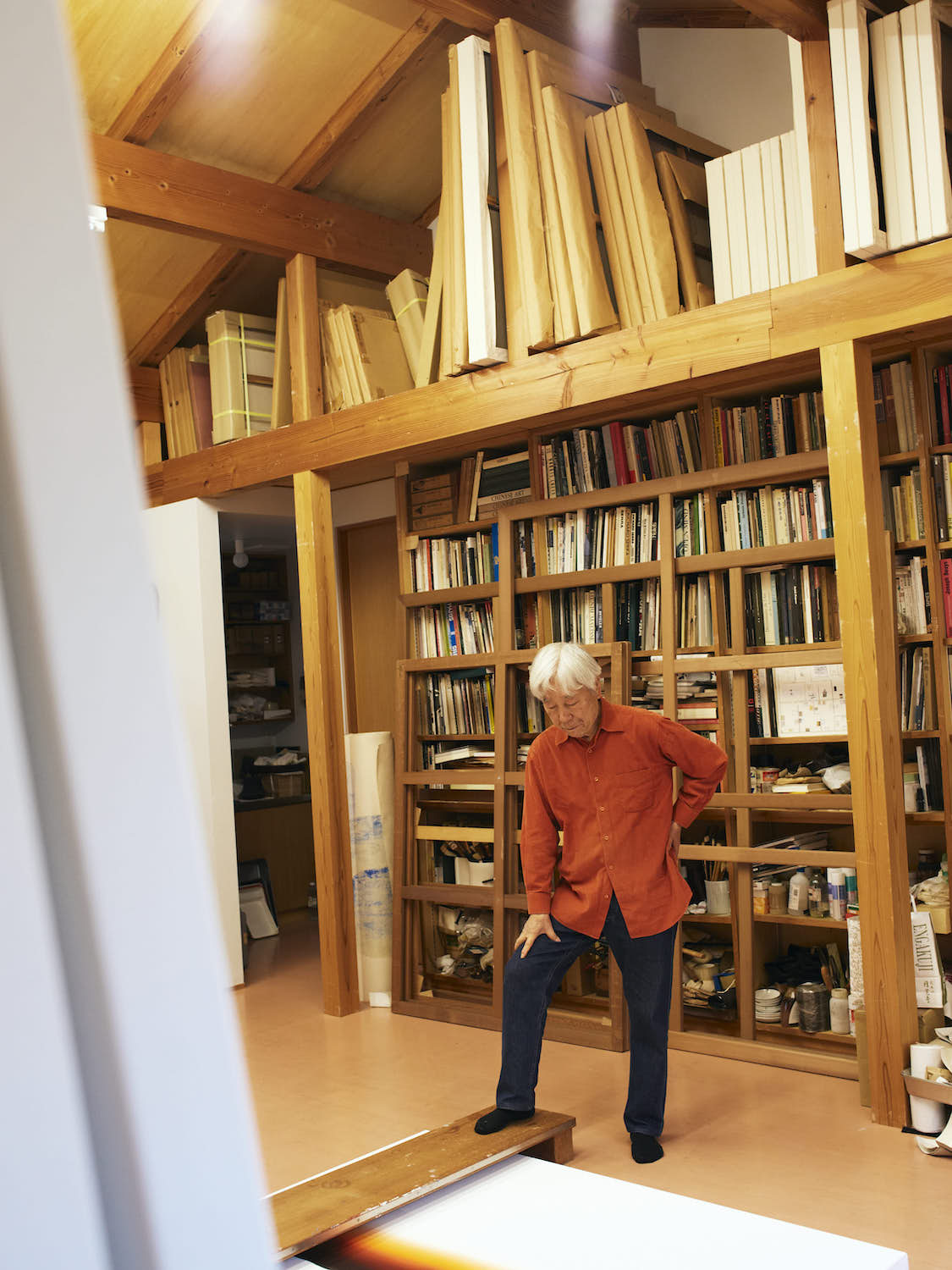 Lee Ufan in his studio, photo by Tetsuo Kashiwada.
Lee Ufan in his studio, photo by Tetsuo Kashiwada.
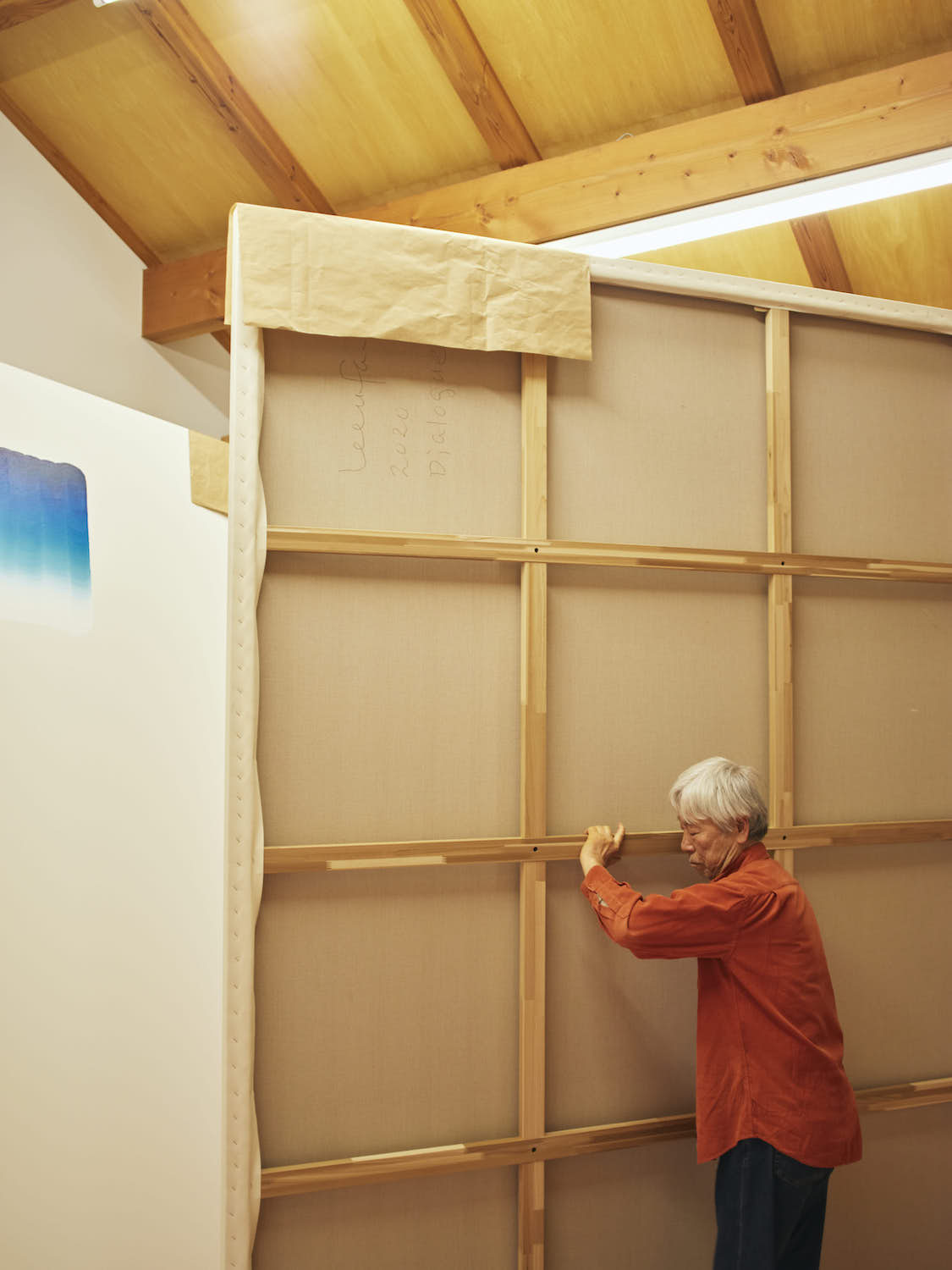 Lee Ufan in his studio, photo by Tetsuo Kashiwada.
Lee Ufan in his studio, photo by Tetsuo Kashiwada.
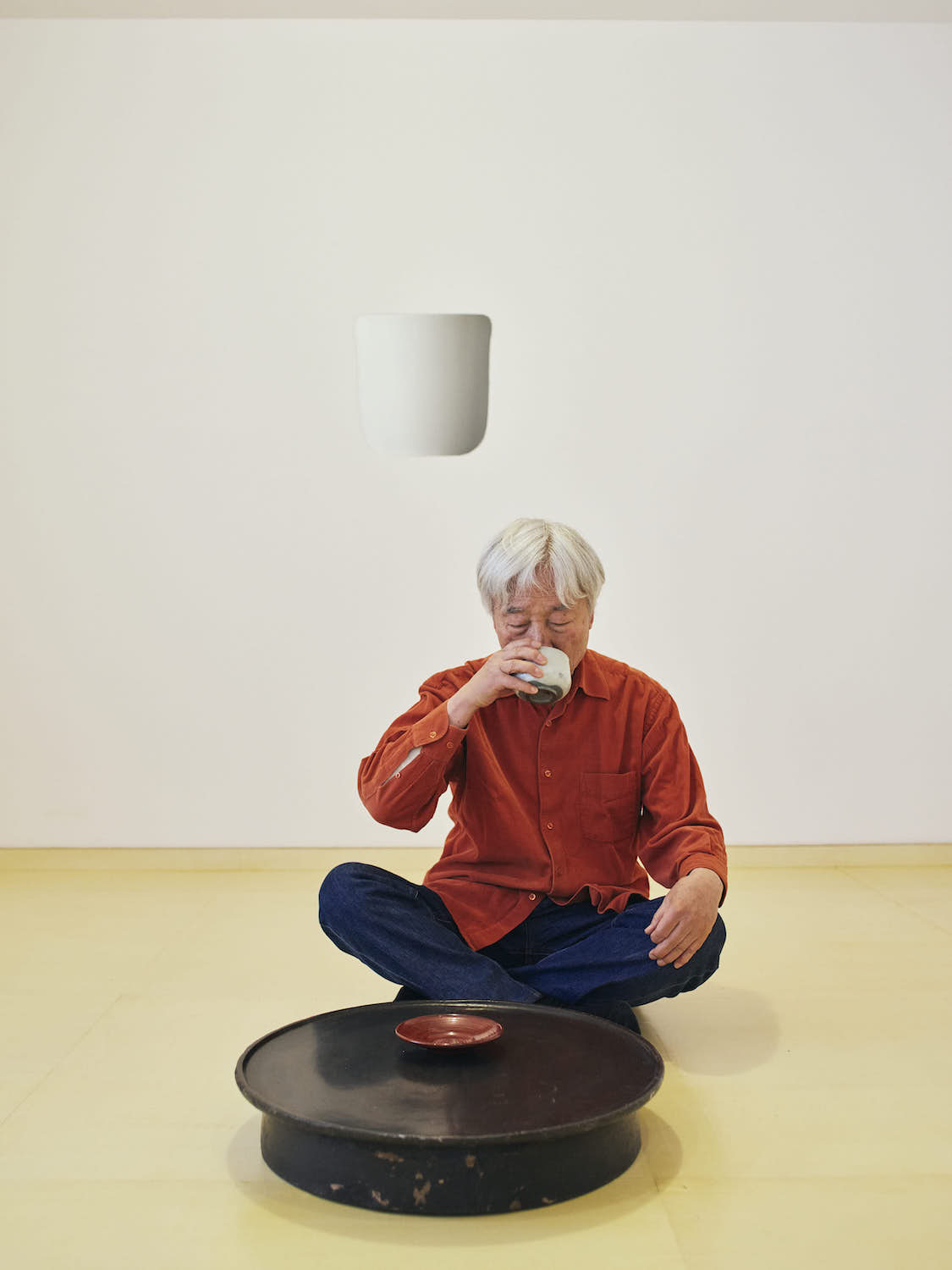 Lee Ufan in his studio, photo by Tetsuo Kashiwada.
Lee Ufan in his studio, photo by Tetsuo Kashiwada.
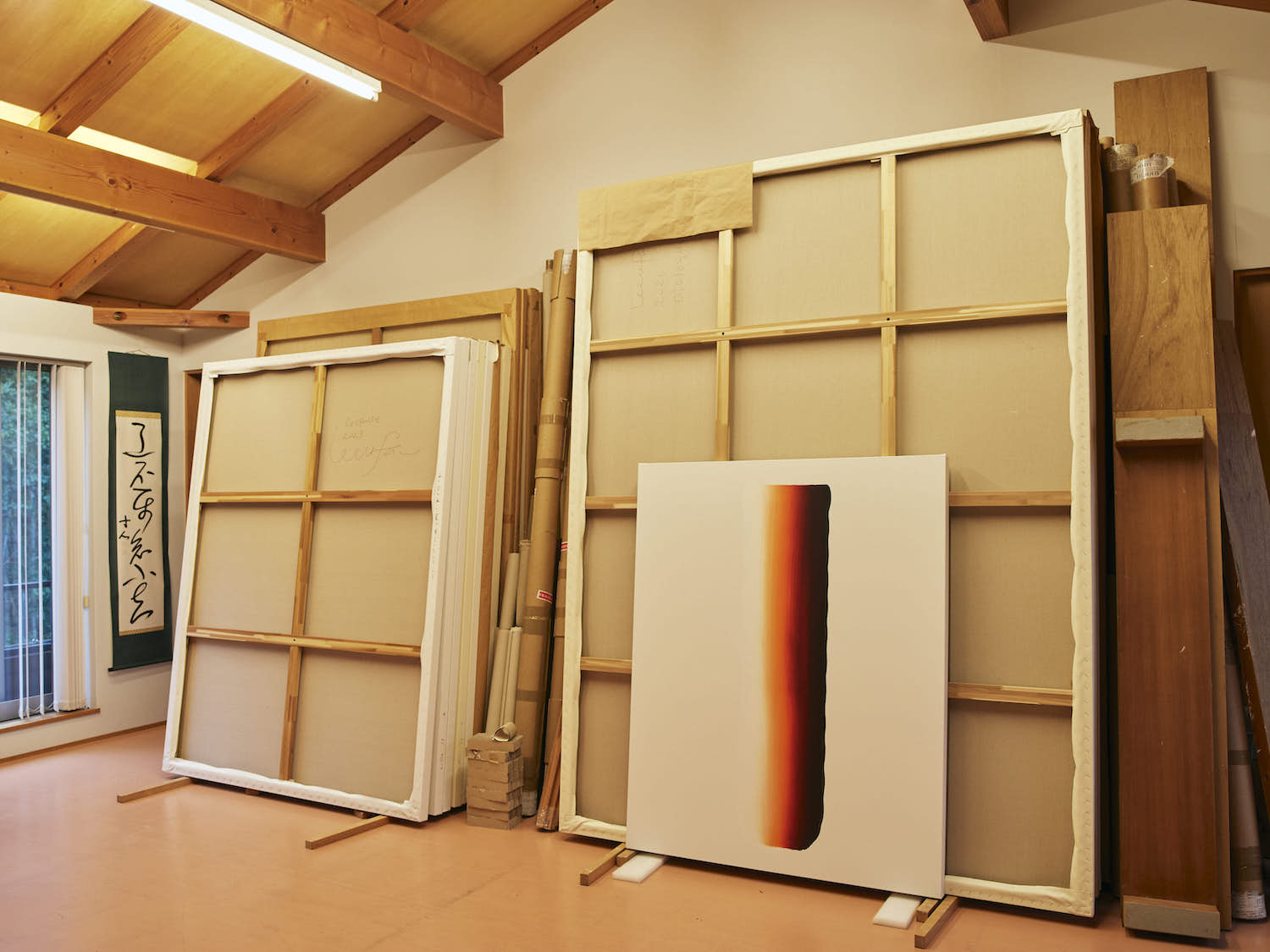 Lee Ufan in his studio, photo by Tetsuo Kashiwada.
Lee Ufan in his studio, photo by Tetsuo Kashiwada.
 Lee Ufan in his studio, photo by Tetsuo Kashiwada.
Lee Ufan in his studio, photo by Tetsuo Kashiwada.



